
About Us:
Viaduct technologies is an innovative, bench-to-market technology development company specialized in microwave enhanced thermal applications. Viaduct is focused on the electrification and the de-centralization of the ammonia making process with the intent of increased economic return through enhanced conversion efficiency and unique mobile design.
We strive to build efficiency climate friendly technologies that enable renewable energy and distributed production of chemicals and sustainable products. The technologies that we create will serve generations to come at reducing carbon emissions.
The ammonia Viaduct Project:
CLick Our New Video
Viaduct Technologies is revolutionizing a century old ammonia synthesis process through the implementation of microwave enhancement to enable ammonia synthesis. Viaduct strives to utilize the unique interactions of microwave heating to achieve higher energy efficiencies at lower pressures, while enabling a high scalability through system modularity. Through scalability of the microwave enhanced reactor system, we can insure our customers can produce their own ammonia from renewable energy and natural gas sources.
Ammonia:
Ammonia is a key component in the production of:
- Agricultural Fertilizer
- Waste and Wastewater Treatment
- Refrigerants
- Antiseptic Cleaning Products
- Textile Manufacturing
- Plastics
- Rubber
- Explosives
- Pesticides
- Mining
- Pharmaceuticals
- Pulp and paper
Upcoming markets:
- Marine Time Fuel
- Power Generation
- Hydrogen Carrier
- Dense Energy Storage
The Ammonia Advantage:
Easy to Transport
Ease of
Storage
Established
Logistics
Established Market
The Ammonia Market:
The global ammonia market is influenced by a variety of factors, including supply and demand dynamics, feedstock prices, and government regulations. According to a market research report by Mordor Intelligence, the global ammonia market was valued at approximately USD 52.6 billion in 2020 and is expected to reach USD 76.5 billion by 2026, growing at a CAGR of 6.2% during the forecast period. One of the main drivers of growth in the ammonia market is increasing demand for fertilizers in developing countries, particularly in Asia. The North America region is the world's second-largest production and user of the ammonia market. The ammonia market is also subject to volatility due to factors such as fluctuations in natural gas prices, which are a key feedstock for ammonia production, and changes in global economic conditions.
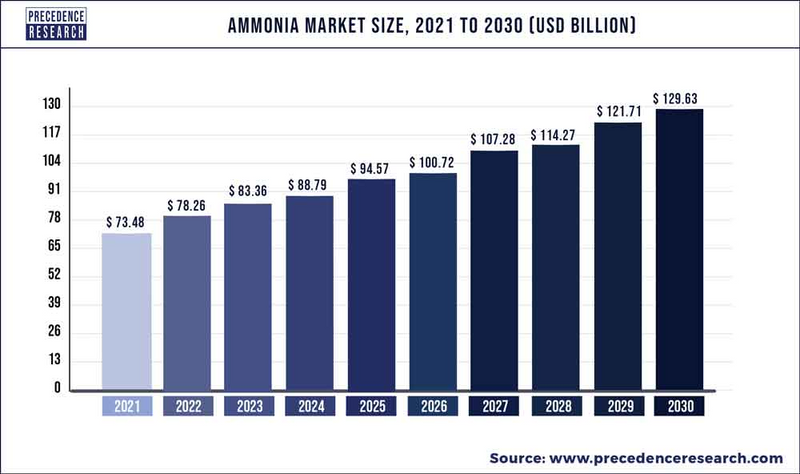
UNITED STATES Fertilizer market:
The U.S.A. is the 4th largest producer of nitrogen fertilizer in the world. In 2019, ammonia was produced by only 16 companies at 35 plants in 16 states. Most ammonia production in the U.S. occurs near large reserves of natural gas in due to the utilization of natural gas as a hydrogen feedstock, and to fuel the high temperature and pressure needed to produce ammonia. The majority of ammonia produced in the U.S. is produced for domestic consumption, operated by international companies. A small amount of ammonia produced in the U.S. is exported. Although U.S. imports and exports of ammonia appear small compared to domestic production and consumption, the numbers are significant when compared with other ammonia importing and exporting countries. In 2019, the U.S.A. was the 2nd largest Importer of of ammonia and 9th largest exporter of ammonia in the word.
direct application:
Ammonia is extensively used for corn production through direct application of anhydrous ammonia in the midwestern United States. Which can be attributed to:
- An unmatchable nitrogen content (82%) that reduces transportation, storage, and distribution costs when compared to other nitrogen sources,
- The possibility for fall application that matches optimal weather conditions for fieldwork.
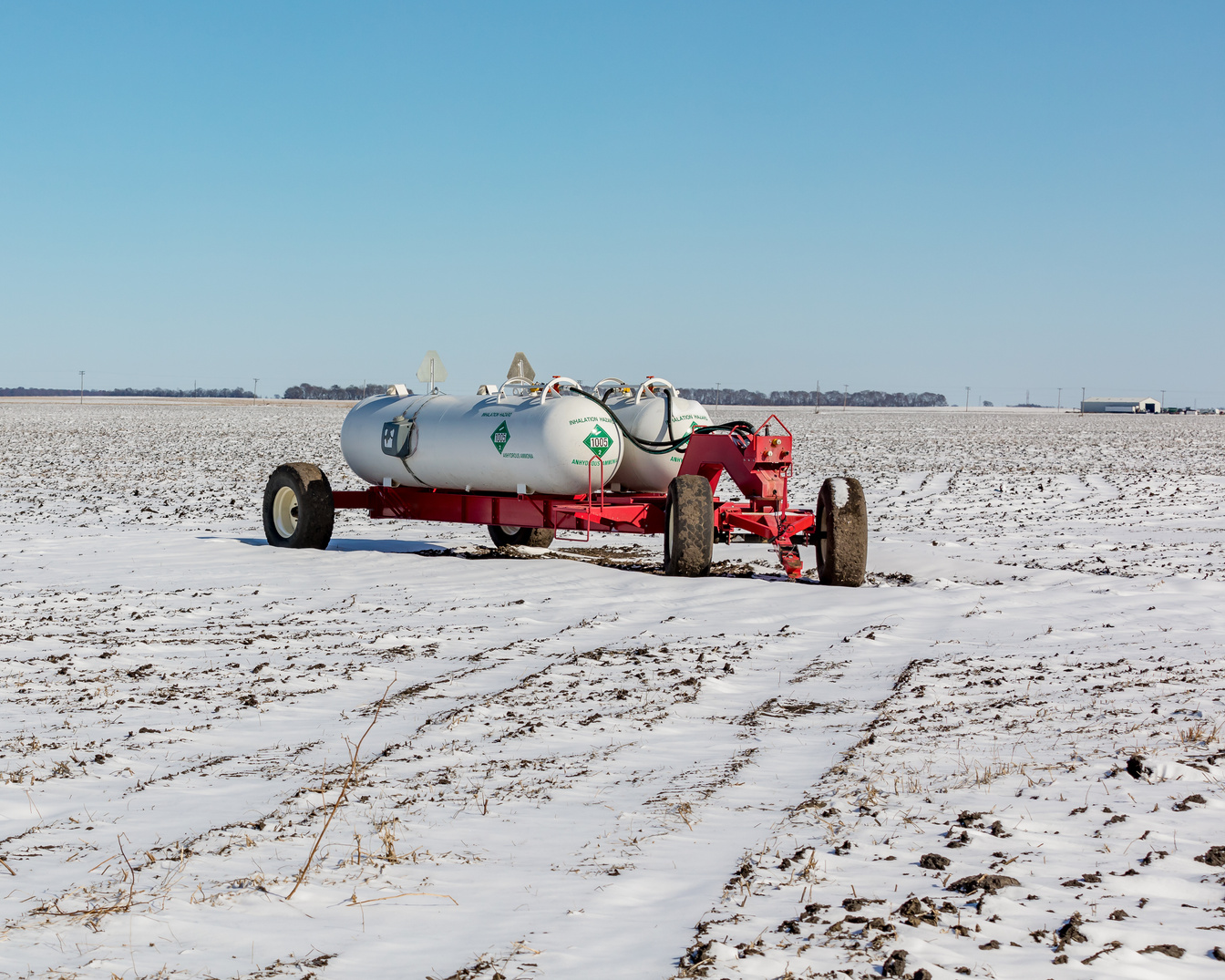
Synthetic nitrogen fertilizer:
Urea ammonium nitrate (UAN) fertilizers have been gaining increasing attention in fertilizer markets because they are safe to handle, convenient to mix with other nutrients and chemicals, and easily applied. The additional chemical processes required to produce UAN solutions make them more expensive per unit of nitrogen than other nitrogen fertilizers such as anhydrous ammonia and urea.
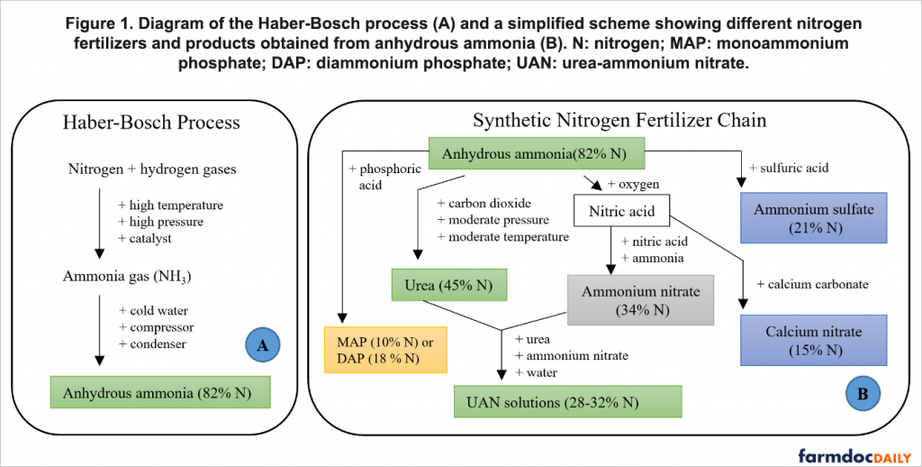
Ammonia production:
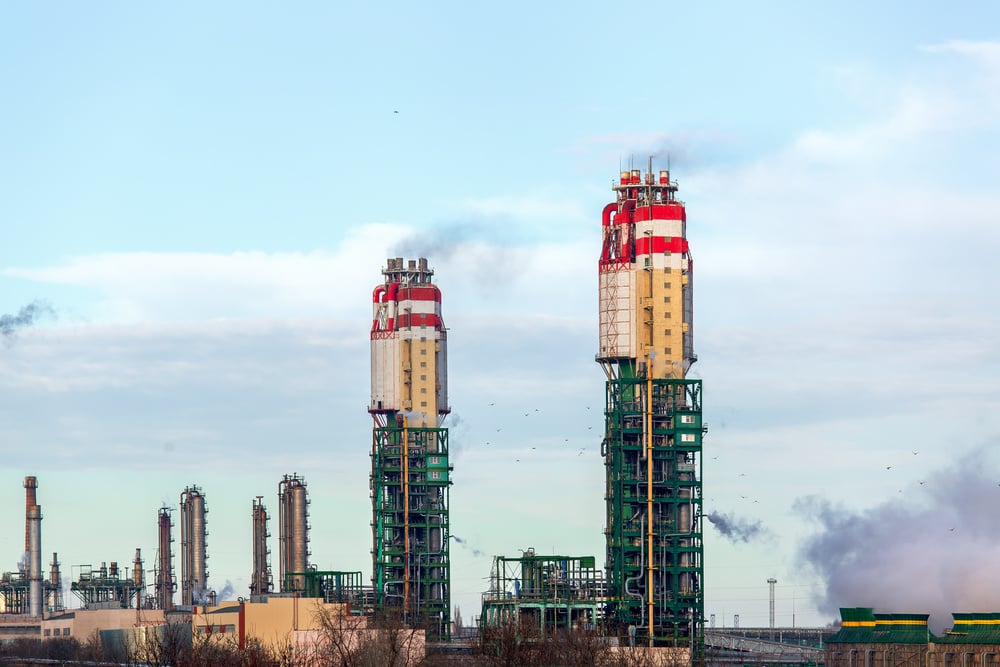
The production of ammonia through traditional means via the Haber-Bosch process is energy-intensive, with estimates suggesting that it consumes approximately 1-2% of the world's energy supply. This is because the process of converting natural gas into ammonia involves the use of high temperatures and pressures, that requires a significant amount of energy. The process releases significant amounts of carbon dioxide into the atmosphere, contributing to global warming and climate change. According to the International Energy Agency, the production of ammonia accounts for approximately 1% of global CO2 emissions. The industry, as a whole, generates over 420 million tons of carbon dioxide annually, creating a challenging tension between producing much-needed fertilizer to meet our needs for food and reducing carbon emissions.

Viaduct's microwave enhanced ammonia synthesis technology reduces the energy requirements for ammonia synthesis, by lowering the operating temperature and pressure of the process, thus enabling more sustainable and environmentally friendly ammonia production
centrlized ammonia production
The majority of ammonia production is dominated by a relatively small number of large-scale plants. According to some estimates, around 80% of global ammonia production is accounted for by just 150 facilities, around the world, with the remaining 20% being produced by smaller plants. The centralized large-scale facilities also require a costly and difficult to maintain transpiration and storage infrastructure. The transportation of ammonia to distant locations adds to the cost of the ammonia and carbon footprint of the process.
Ammonia Production
and Large Scale Storage
Regional Transport,
Transfer, and Storage
Retail Transport,
Transfer, and Storage
Transfer to End User
CO2 Emissions
Ammonia Loss


Viaducts Decentralized Advantage:
Viaducts tech is the perfect fit for ammonia decentralization, we are working to enable scalable technology that will enable skid mounted and containerized modular systems. We place our system at the source of the hydrogen feedstock (natural gas, green hydrogen, ect.) and directly sell ammonia to customers and local retailers. By doing this we enable unmatched economic savings and control over the cost of the ammonia produced.


Viaduct's microwave enhanced ammonia synthesis technology is well suited for a source to customer distribution system, thus enabling a high return on investment due to the lower cost of transportation, storage, and minimization of the loss of ammonia product. The reduction in transportation steps results in a more sustainable and environmentally friendly ammonia synthesis market.

Investors:
Viaduct Technologies is seeking investment partners with the same visions and goals to participate on our board and as equity partners. Together we can transform the traditional ammonia synthesis process by implementing a microwave-enhanced ammonia synthesis process.
Our innovative approach utilizes the unique interactions of microwave heating to achieve higher energy efficiencies at lower pressures, while enabling high scalability through system modularity. Our mission at Viaduct is to provide sustainable ammonia production solutions that benefit both our customers and the environment. By using our microwave-enhanced reactor system, our customers can produce their own ammonia from renewable energy and clean energy sources, which reduces their reliance on traditional energy sources and reduces their carbon footprint.
At Viaduct, we are committed to research and development to continuously improve our technology and provide the most efficient and effective solutions to our customers. Our scalable and modular system allows us to meet the varying needs of our customers, regardless of their production size or location. We are proud to be a company that is at the forefront of sustainable ammonia production solutions. Our innovative technology offers numerous benefits to our customers, including reduced energy costs, increased efficiency, and a more sustainable approach to ammonia production. Thank you for considering Viaduct Technologies as a potential investment opportunity. We are excited about the future and are committed to creating long-term value for our shareholders.
Enhanced Reactor Technology:

Microwave enhanced ammonia synthesis is an innovative approach to accelerate the hydrogen economy by utilizing hydrogen and air to produce liquid anhydrous ammonia to be used as a dense energy carrier or as fertilizer. Viaduct is developing a scalable microwave synthesis approach for liquid anhydrous ammonia production. By employing our microwave enhanced reactor system and proprietary microwave sensitivity catalyst, we are able to lower the required reaction temperatures and pressures for ammonia synthesis.
The Microwave Advantage

Improved Energy Efficiency
Microwaves targeted heating allows for rapid heating of the catalyst, thus reducing start-up time, energy costs, and carbon emissions.
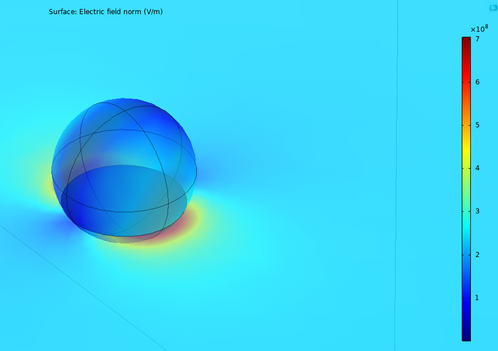
Faster Reaction Rates
Microwave irradiation helps transfer electrons between catalyst and reaction intermediates. Adsorbed nitrogen and hydrogen couple through a Debye-type loss process, causing their dissociation into activated species. These combine to form ammonia products.
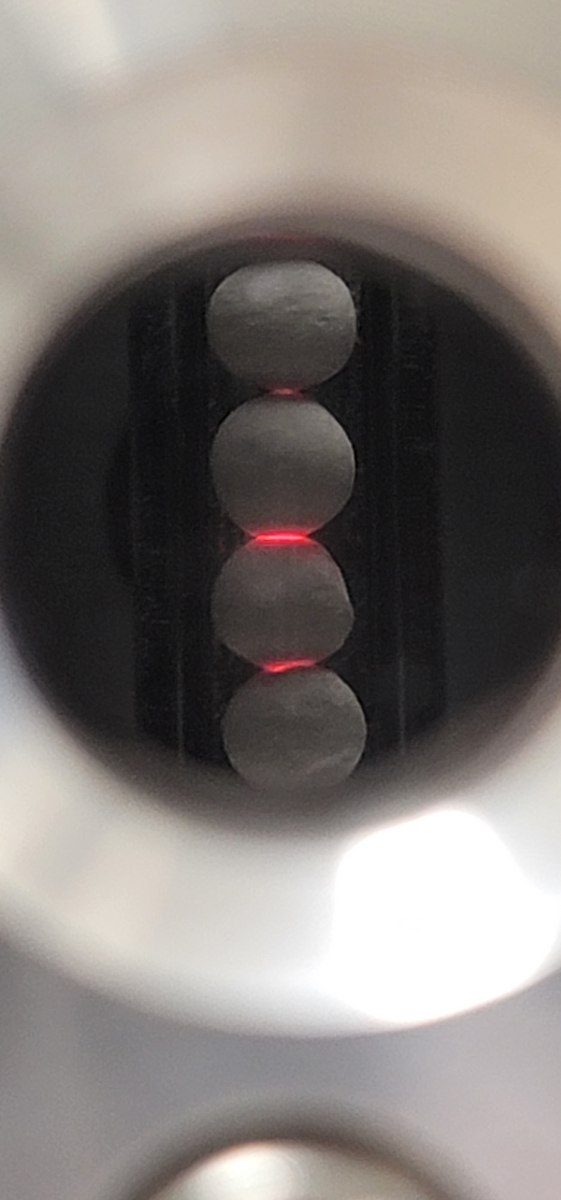
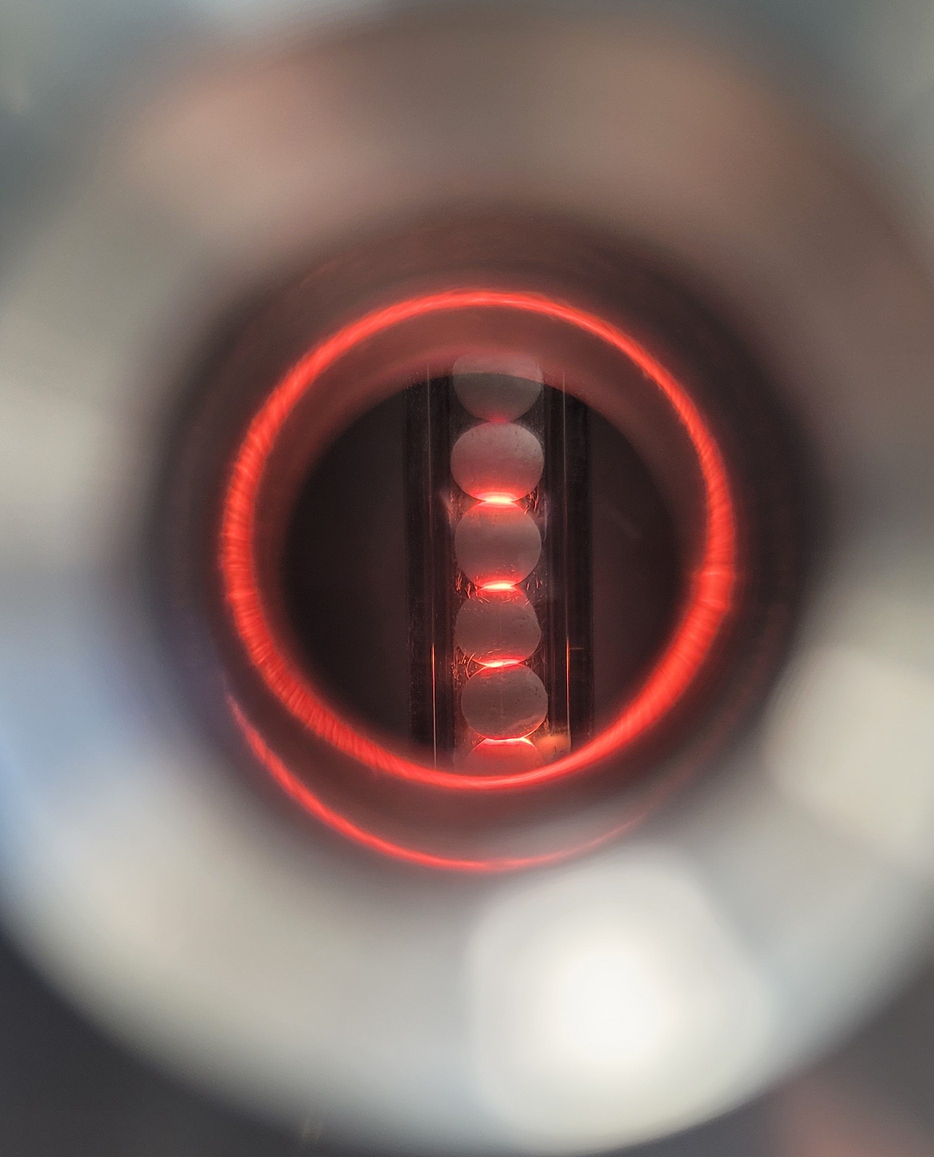
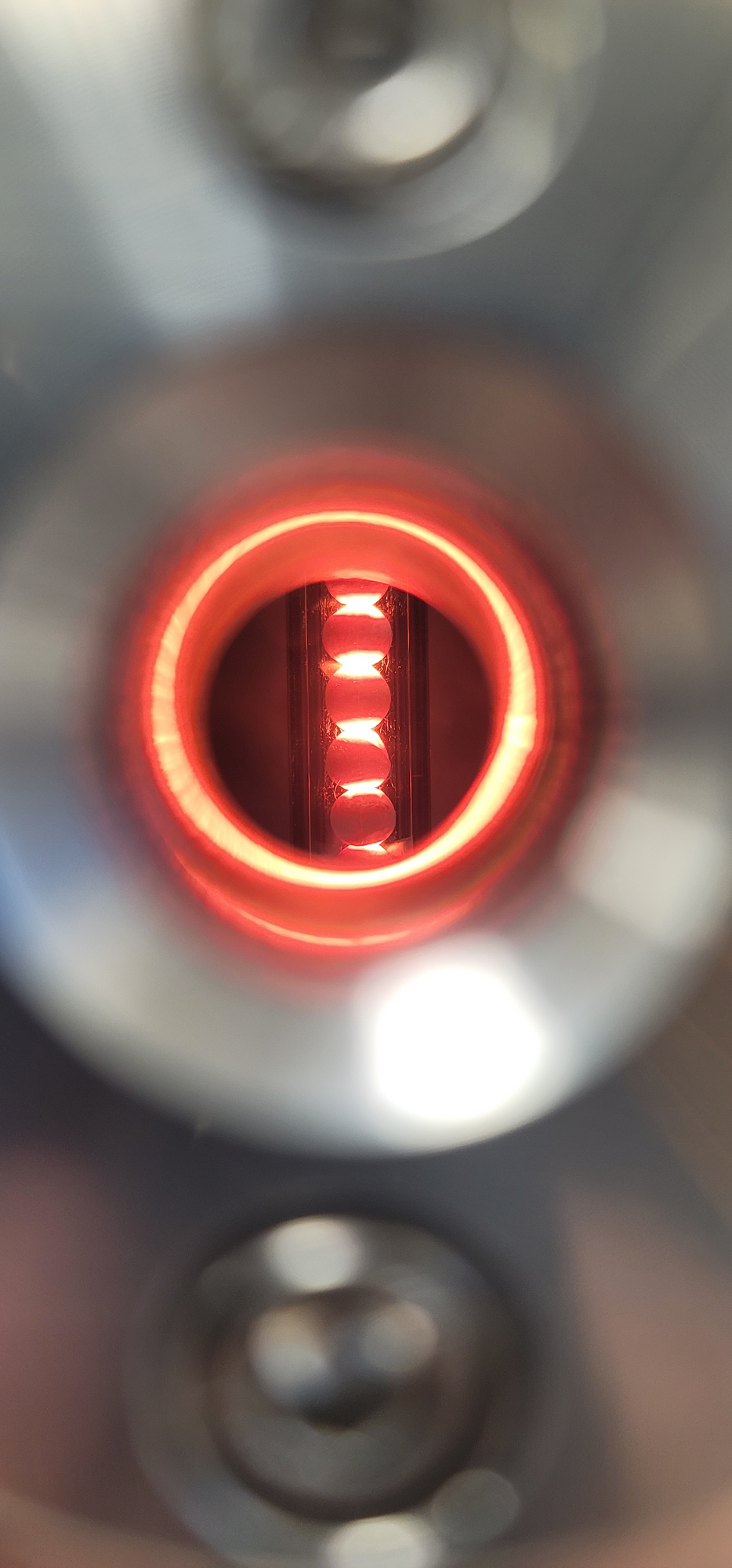
Efficient Targeted Heating
Microwaves offer instantaneous and volumetric heating via interaction with electromagnetic radiation, which is fundamentally different from conventional thermal heat conductive or convective transfer through direct heating.
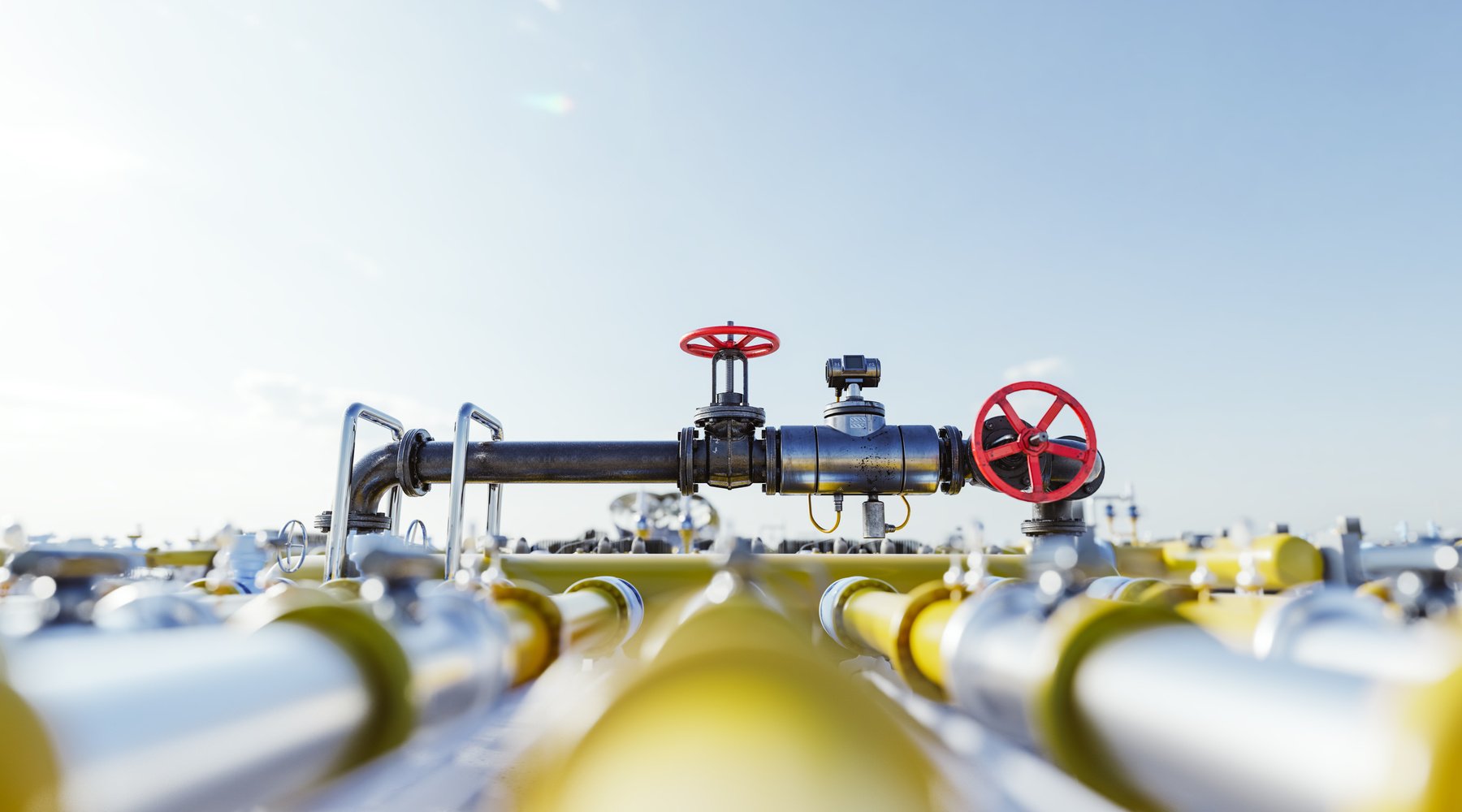
Flexibility in Feedstocks
Microwave-assisted ammonia synthesis can be carried out using a variety of feedstocks, including natural gas, coal, biomass, and green hydrogen. This flexibility in feedstocks allows for the use of more sustainable and renewable sources of energy.
Reduced Emissions
Microwave-assisted ammonia synthesis can reduced carbon emissions when compared to traditional ammonia synthesis. By reducing the energy consumption and operating temperatures, the carbon footprint of the process can be reduced, leading to a more sustainable and environmentally friendly process.

Decentralized Ammonia Production
Microwave-assisted ammonia synthesis will enable unmatched productivity at small to large scall. Thus allowing for the direct control of ammonia production and the cost that it is sold at without the reliance of global markets or shipping cost.
Technology Development History
The initial technology was developed in cooperation with West Virginia University, The Department of Energy, National Energy Technology Laboratory, and Shell.
Initial Ground Level R&D Work
2016 |
2023 |


Viaduct Technologies was organized in 2023 with the goal to commercialize microwave enhanced chemical conversion technologies including ammonia synthesis, clean natural gas conversion to hydrogen, and sustainable energy efficient chemical conversion technologies.
Viaduct Technologies
Our steps to Sucsess

Modular Scalability
Viaduct strives to enable scalability at every step, this will insure that microwave technology can meet the demand of the chemical industry.
Viaducts focuses on enabling flexibility, fast heating and cooling. Thus allowing for the most flexibly through the selection of active reactor modules.
Rapid Development Process
At every-step of the developmental process, Viaduct plans to integrate technology and leverage expert teams of external engineering from around the world, allowing for the rapid development and proto-typing of our microwave enhanced reactor technology
Technology and Experience Pipeline
From lab to production scale, the founders plan to see this technology through. With over 8 years of continued research into microwave assisted natural gas and clean energy technologies, Viaduct has a direct pipeline for vetted microwave conversion technology breakthroughs.
Jay Hewitt
Chief Executive Officer
Jay Hewitt leads the modern, technologically advanced, and environmentally conscious company Hewitt Energy Strategies Operating (HESO) as Chief Operations Officer. Hewitt is well known in the Appalachian Basin for his quick grasp of innovative technology but remaining grounded in traditional oil and gas views. Hewitt’s success can be attributed to his inquisitive nature, evaluating new technologies and pushing the limits of excellence. As COO, Hewitt intends to trailblaze HESO into a new energy sector, where energy is utilized close to the source to increase efficiency and sustainability.
Jay Hewitt is the owner of Hewitt Energy Strategies LLC, located in Morgantown, West Virginia. In May 2019, he formed Hewitt Energy Strategies, specializing in oil and gas management. HES focuses on corporate-level efficiencies and cross collaborations that encourages energy efficiency and transition to invite change within varying economics, communities and climate.
In his previous role with Northeast Natural Energy, he served as Drilling Manager where he completed numerous high-profile projects. Including director for the MSEEL project; coordinating with academic institutions, particularly West Virginia University and Ohio State University, as well as government organizations such as the Department of Energy, and United States Geological Survey. Hewitt works creatively to ensure success of a complex research project, while simultaneously maintaining budget controls that maintain the profitability of the project.
Before joining Northeast Natural Energy, Hewitt served as a Rig Manager for CNX Gas. During that time, he drilled some of the first Marcellus wells and the first Utica Shale well. It was a remarkable start to his career, and one that helped fuel his enthusiasm for working in the industry. In addition, Hewitt holds a Bachelor of Science in Petroleum Engineering from Marietta College, is apart of the USDA Natural Gas Utilization Roundtable, West Virginia Water Research Advisory Committee, International Forum on Unconventional Gas Sustainability and the Environment lecturer. Most recently, the Society of Petroleum Engineer's Regional Drilling Engineer Awarad and Hart’s Energy Innovator of the Year.
Brandon Robinson
Chief Technology Officer
Brandon Robinson leads the technology and engineering development of Viaduct Technologies. Brandon has a Bachelor of Science in Chemistry from Davis and Elkins College and a Ph.D. in Chemical Engineering from West Virginia University, where he accumulated 7 years of hands on experience in developing microwave enhanced catalytic technologies for natural gas and carbon dioxide conversion to value-added chemicals. Robinson has excelled as an experimentalist and innovator in the laboratory. Brandon has authored on over 20 publications and has several patents in microwave enhanced chemical design.
Since graduating from West Virginia University Brandon, has been working as an assistant research professor for the past 2 years under the leadership of Dr. Jianli Hu. In this roll, Brandon has shifted his focus to the scale-up of microwave enhanced reactor technology and strives to developed a large portfolio of microwave enhanced chemical processes.
Kimberly Ayers
Chief Operations Officer
In 2017, Ayers founded Ayers Petroleum Consulting and serves as the Project Manager and Senior Petroleum Reservoir Engineer. Ayers Petroleum Consulting provides mineral appraisals, reserve estimations, statistical evaluations/modeling, and strategic planning to companies. She is considered an established expert in subsurface identification of oil and gas reserves, development, and optimization in the Appalachian Basin, specifically in the Marcellus & Utica Shales.
Ayers has a track record with several successful E&P companies operating in the Appalachian Basin; including Northeast Natural Energy, Tenaska Resources, Inflection Energy, Lola Energy, and Beech Resources, where she has driven strategic development, production management and reserves evaluations.
Ayers is known by her colleagues as a positive force who leads with perseverance and commitment to success. Ayers earned a Master of Science in Petroleum and Natural Gas Engineering from West Virginia University and both a Bachelor of Science in Mathematics and a Bachelor of Arts in Chemistry from West Virginia Wesleyan College.
She is an active member of the Society of Petroleum Engineers and is currently the Chairperson of the Pittsburgh Section. Ayers was recognized as one of the “Top Women in Energy” by the Denver Business Journal and a 2020 “Energy Innovator” by Hart Energy Magazine. She has authored several professional articles published by the Society of Petroleum Engineers and the American Oil & Gas Reporter.
Jianli Hu
Technology Advisor
Jianli Hu is the Statler Chair Professor and the Director of Center for Innovation in Gas Research and Utilization (CIGRU) at West Virginia University. He leads an interdisciplinary faculty team carrying out cutting-edge research in natural gas conversion as well as renewable energy utilization.
Hu has demonstrated strong leadership in partnering with national laboratories in the United States and industrial companies to undertake a number of research projects funded by U.S. federal agencies. These research projects span across the fields of reaction engineering, surface chemistry, heterogeneous catalysis, plasma and microwave-enhanced catalytic reactions. Specifically, his research group at WVU is focused on microwave catalysis approaches to produce ammonia from renewable power under low pressure and temperature, production of chemicals and carbon nanomaterials from natural gas.
Prior to joining WVU, Hu worked as a research leader at Koch Industries, Pacific Northwest National Laboratory and BP Oil. While working in industry, he led efforts in developing technologies for petroleum refineries and future biorefineries using biomass as a feedstock. The efforts had led to a number of acquisitions that facilitated technology commercialization. He has been granted 31 U.S. patents and published more than 150 journal articles, conference proceedings, technical reports and book chapters.
Dr. Hu has been serving as an editor and a guest-editor for a number of peer-reviewed technical journals and one book. He has served in a number of industrial advisory boards including AIChE RAPID focus area lead. He has been chairing the "Advanced Fossil Energy Utilization” in AIChE national meetings.
At the Pacific Northwest National Laboratory, Hu was among the key contributors in developing microchannel catalytic reactor technology which led to NASA Technology Brief Awards. Hu received his B.S. in chemistry and Ph.D. in chemical engineering from Tsinghua University in China and completed his postdoctoral training at University of Pittsburgh.

Contact Us
Feel free to send us an email
Email
Info@viaducttech.com
Morgantown, WV